Instructionals
A DIY Guide to Solving Common Plumbing Problems
Instructional Content
Plumbing issues can be a homeowner's nightmare. From dripping faucets to clogged drains and leaky pipes, these problems can disrupt your daily routine and lead to costly repairs if not addressed promptly. While some plumbing problems may require professional intervention, some common issues can be resolved with a little DIY know-how. In this blog post, we'll provide you with a comprehensive guide to tackling some of the most frequent plumbing problems you might encounter in your home. With the right tools and techniques, you can save money and prevent further damage to your plumbing system.
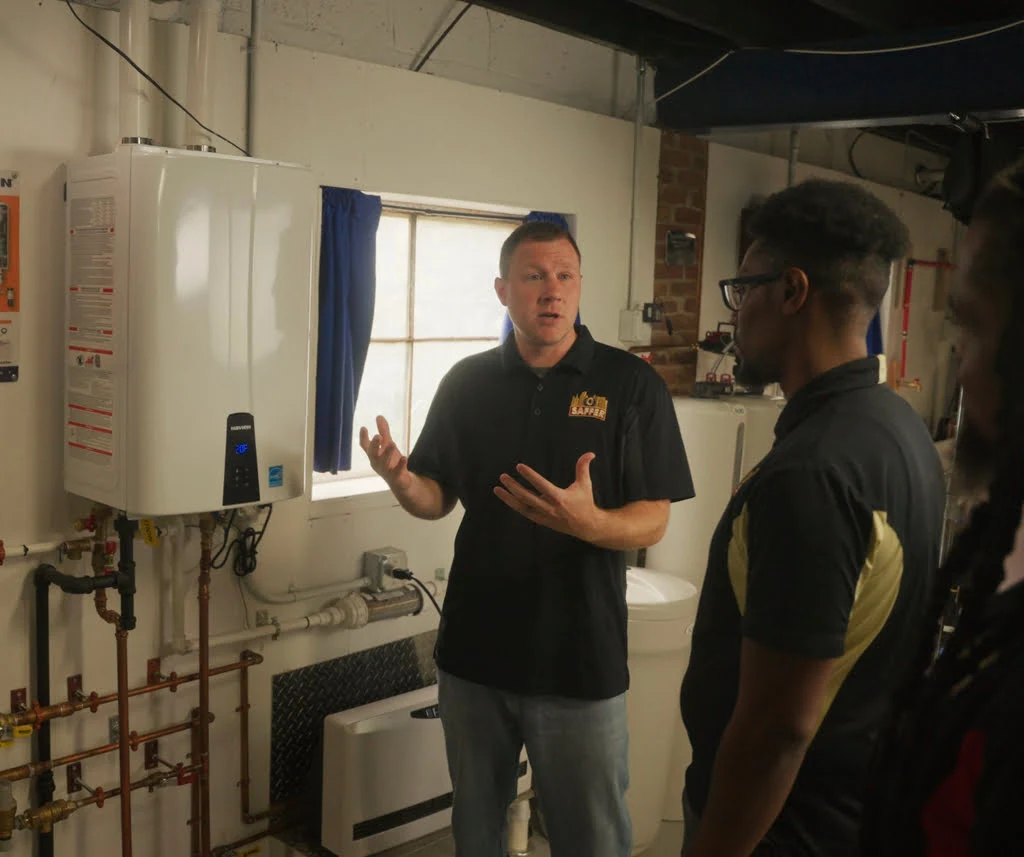
0% Financing Available
Reliable Solutions Just a Call Away
Unclogging a Drain
Tools you'll need:
- Plunger
- Baking soda and vinegar
Steps:
- Begin by using a plunger to create a tight seal over the drain.
- Push the plunger up and down vigorously for about 30 seconds.
- If the plunger doesn't work, try using a natural solution, pour a cup of baking soda followed by a cup of vinegar down the drain. Let it sit for 30 minutes, then flush with hot water.
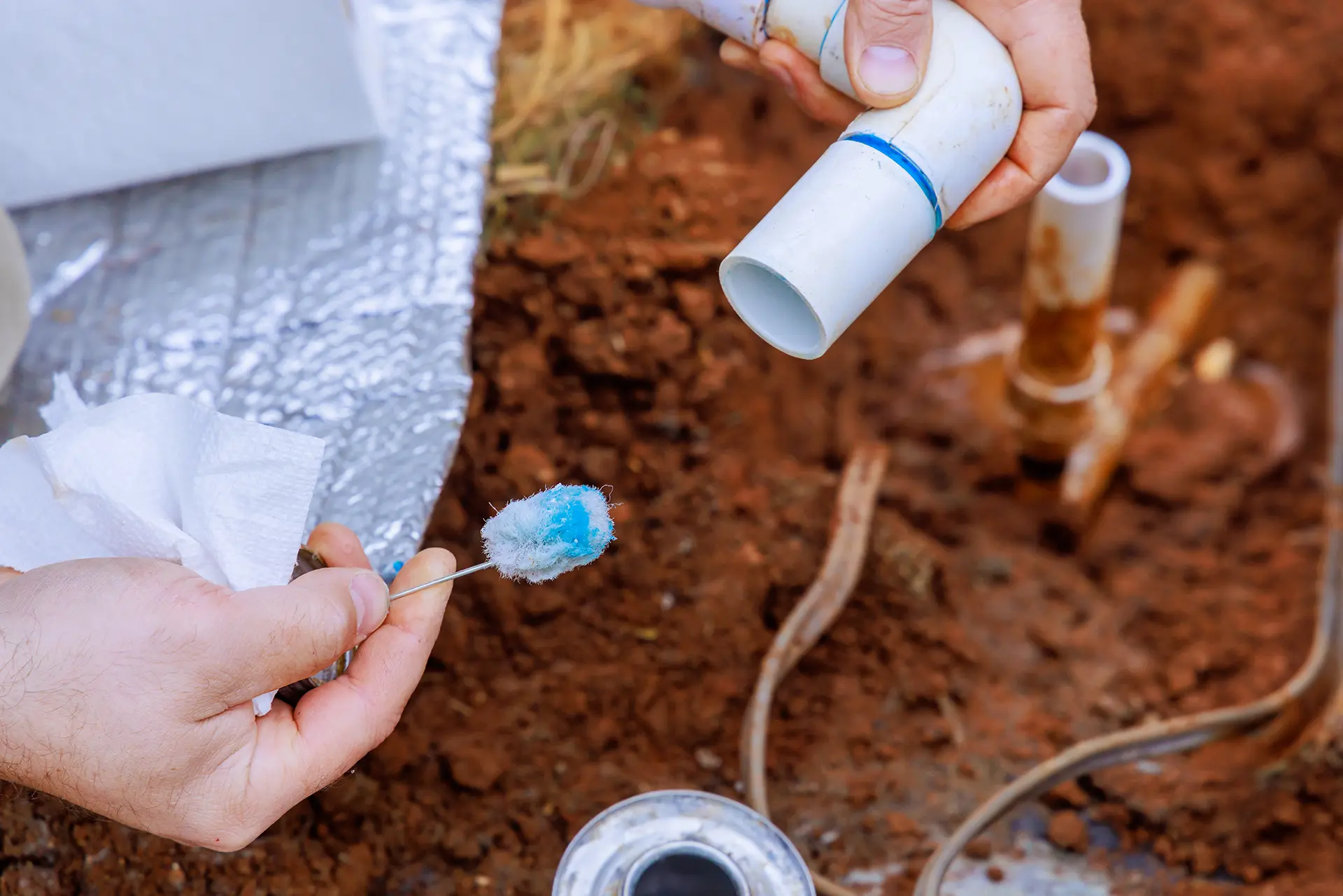
Fixing a Leaky Faucet
Tools you'll need:
- Adjustable wrench
- Screwdriver
- Replacement Parts
Steps:
- Turn off the water supply to the faucet and open it to relieve pressure.
- Remove the faucet handle by removing the decorative cap and loosening the screw underneath.
- Use an adjustable wrench to unscrew the packing nut and reveal the cartridge.
- Inspect the cartridge for damage and replace them if necessary.
- Reassemble the faucet, turn on the water supply, and check for leaks.
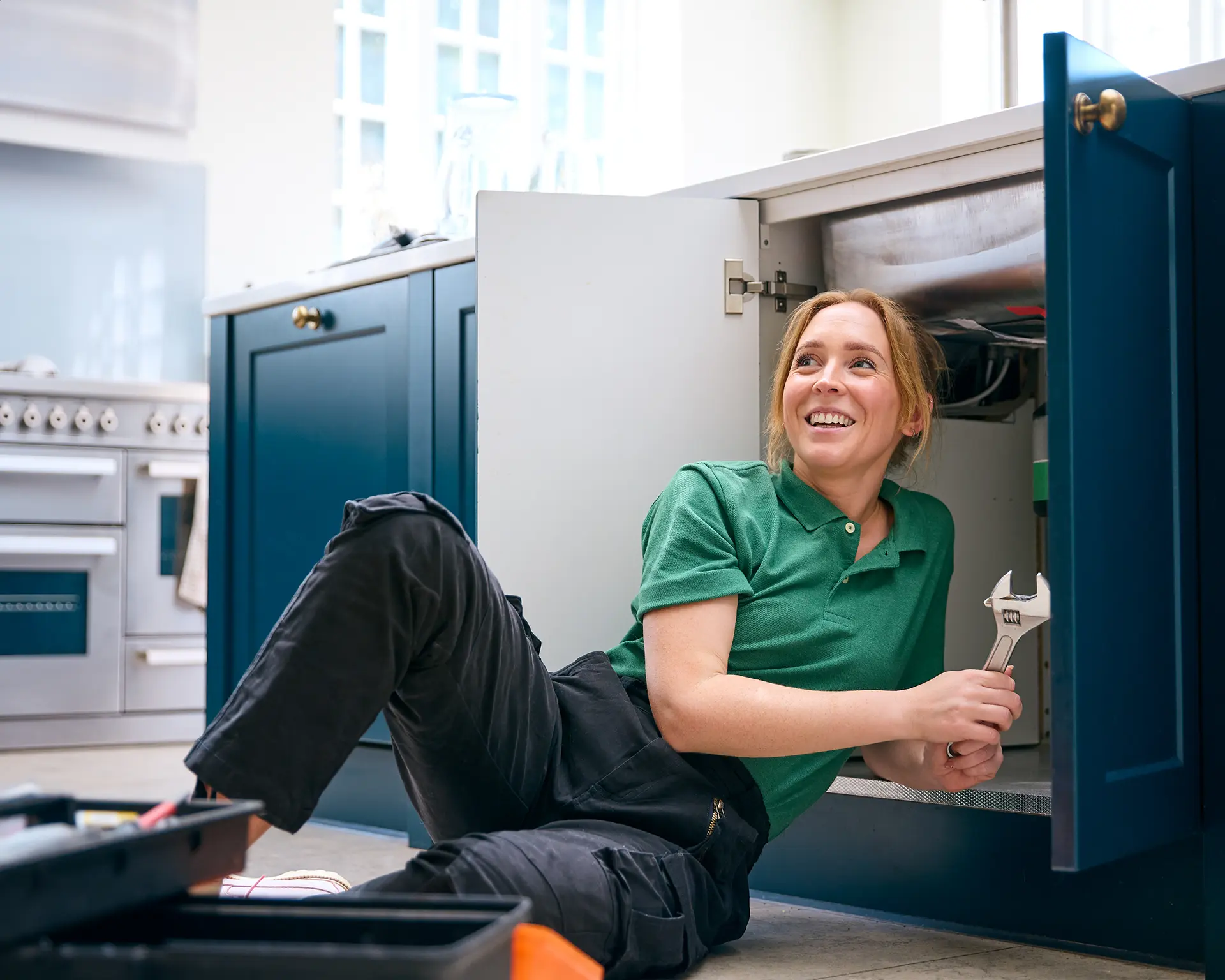
Repairing a Running Toilet
Tools you'll need:
- Adjustable wrench
- Toilet flapper or fill valve replacement kit
Steps:
- Open the toilet tank and locate the source of the problem. It's often a worn-out flapper or a faulty fill valve.
- Turn off the water supply to the toilet.
- Drain the tank by flushing it.
- Replace the flapper or fill valve as instructed in the replacement kit.
- Turn the water supply back on and check for leaks or running water.
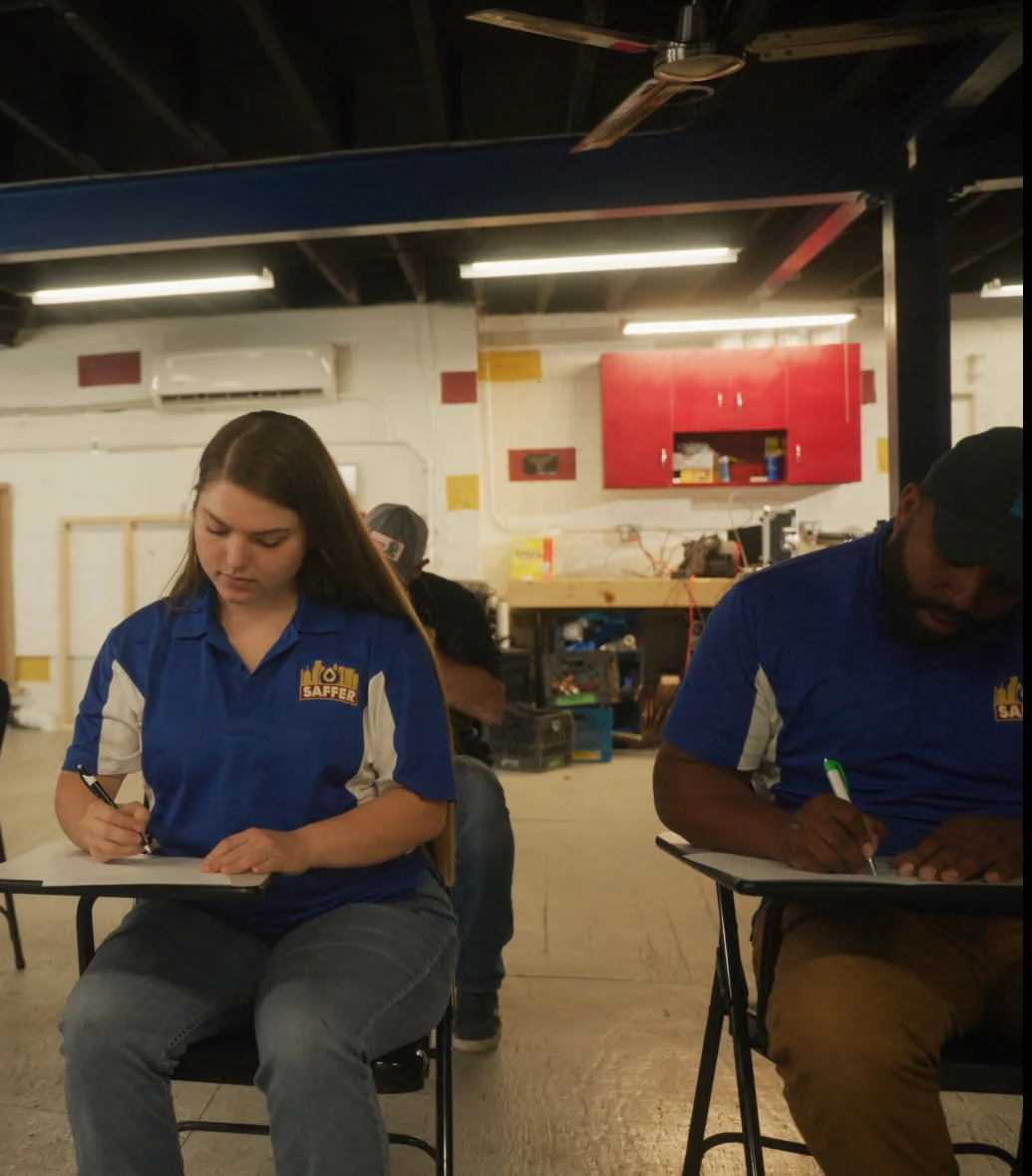
Dealing with a Burst Pipe
Things you'll need:
- To know where your Main shut off valve is
- Bucket or container to catch water
- Other valve locations
Steps:
- Turn off the main water supply to your home and open a fixture on the lowest floor available. Opening a faucet will relieve pressure in the piping and allow the remaining water to drain out of a safer location.
- Locate the burst pipe and place a bucket or container underneath to catch any water.
- Locate other shut off valves located on the same piping as the leak.
- If the valve on the piping is inbetween the main shut off valve and the leak, you may be able shut off that valve to isolate the leak and restore water to the rest of the home. Proceed with Caution.
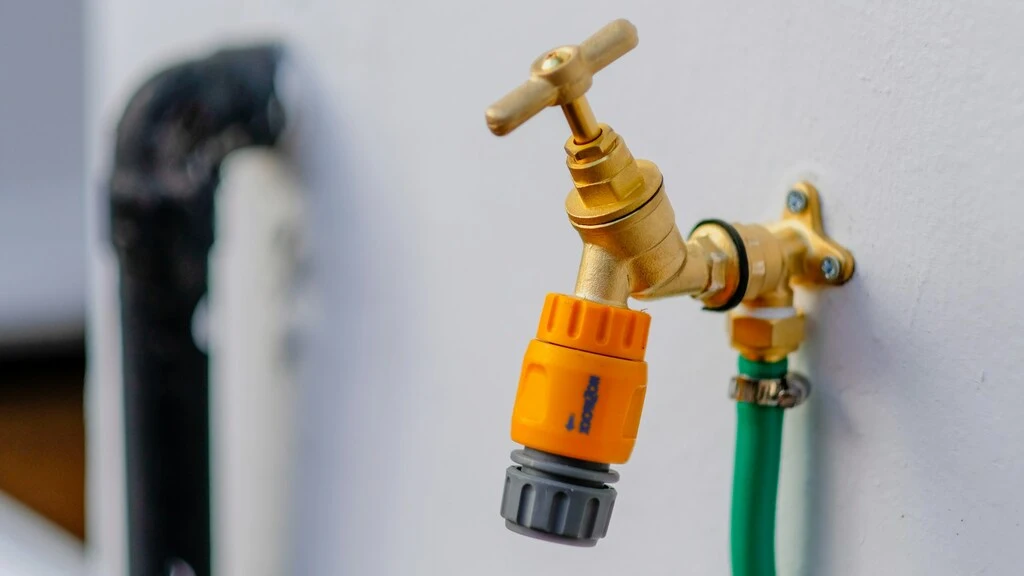
By following these DIY plumbing tips, you can tackle many common plumbing problems in your home without the need for professional assistance. However, always remember that safety should be a top priority, and if you're unsure about a repair, it's best to consult a plumber. Regular maintenance and early problem-solving can help you save money and keep your plumbing system in tip-top shape for years to come. Happy plumbing!
